We have looked at the Douglas DC-3, its use and its [not always positive] effects in aviation, but what about the Super DC-3? What was it?
When the DC-3 entered service in 1935, Douglas executives must have been rubbing their hands. The slightly smaller DC-2 had done reasonably well, but its newer, bigger sibling showed long-term commercial promise. In the fast-developing aviation industry of the time, this long-term prospect was quite rare. That success certainly came, but looked a bit different from what Douglas imagined.
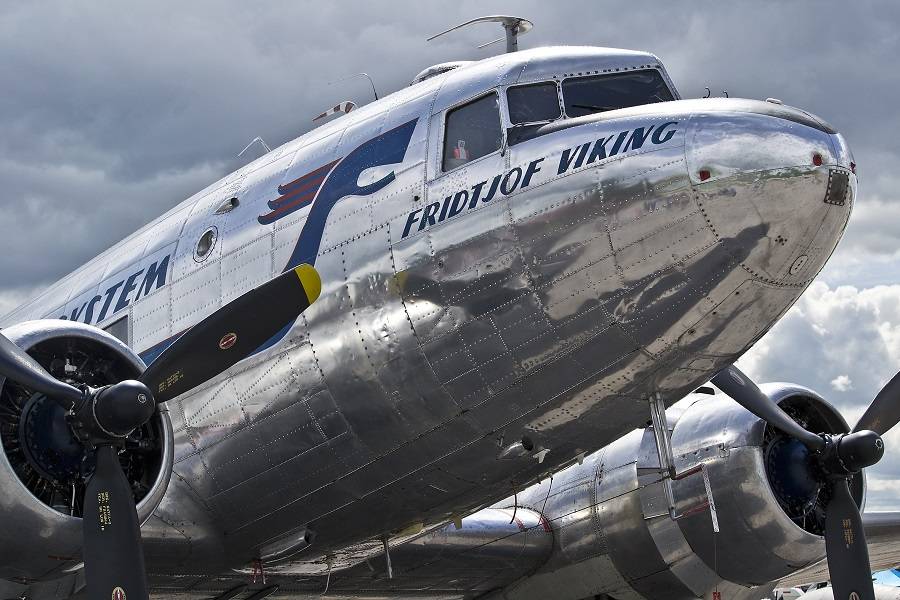
With WWII looming, civilian Douglas DC-3 production turned to the military C-47 and C-53 models. The aircraft served around the globe, some versions even coming out of production lines in the Soviet Union and Japan! The initial, ‘simple’ DC-3 got many updates and improvements as its military variants evolved, including bigger, super charged engines.
The plane’s military use is a big chapter in the type’s career. But it also meant that thousands of C-47s were surplused after the war, going to the airlines. The troop and cargo transport that helped shape the war, also helped rebuild the world’s airlines, afterwards. So, where does the Super DC-3 fit in this story?
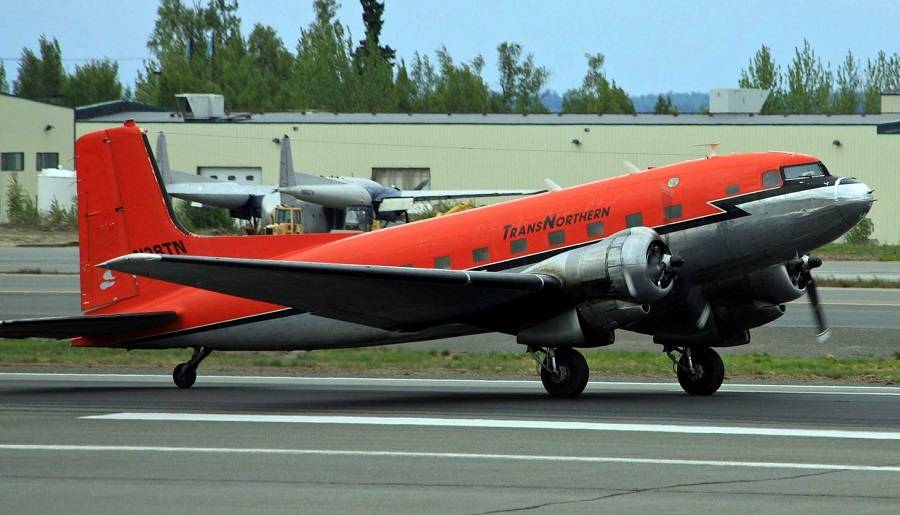
The post-war DC-3 was a lot of things: ubiquitous, reliable (mostly), affordable and easy to maintain (mostly). But one thing it certainly wasn’t, was quick. Speed was the primary concern of Douglas, when they came up with the Super DC-3 concept. And more fundamentally, an update, ANY update on these aircraft, would limit some of the negatives of the DC-3, on the commercial side.
Past Its Prime, Still Too Good (and cheap) To Ignore
Surplus C-47s were so plentiful and cheap after the war, that many airlines couldn’t justify getting anything else. So aircraft manufacturers couldn’t really make anything to replace them, at a price that airlines could consider. We had a look at the CV-240 some time ago, an aircraft that should have been an excellent DC-3 replacement. Its success was moderate, at best.
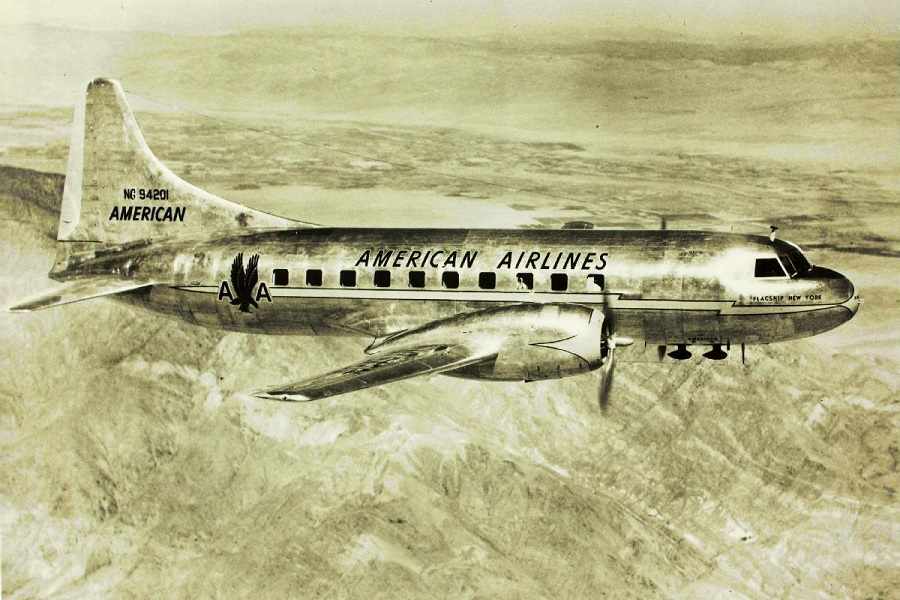
Douglas itself concentrated on bigger aircraft, like the DC-4 and (soon afterwards) the DC-6. As for the DC-3, they decided to offer the ‘Super’, aka DC-3S, as an upgrade. Douglas decided that if they couldn’t get aircraft orders for DC-3 replacements, they would get existing planes back to the factory, for the Super upgrade.
The Super DC-3 was all about making the plane more slippery in the air, more powerful, and a bit bigger. The wing sections between the engines and fuselage remained largely intact. But the outer sections were new, having a 4-degree sweep at the trailing edge. The wing was also a bit narrower overall. The fuselage got a 39” (0.99m) extension, forward of the wings, getting an extra passenger window in the process.
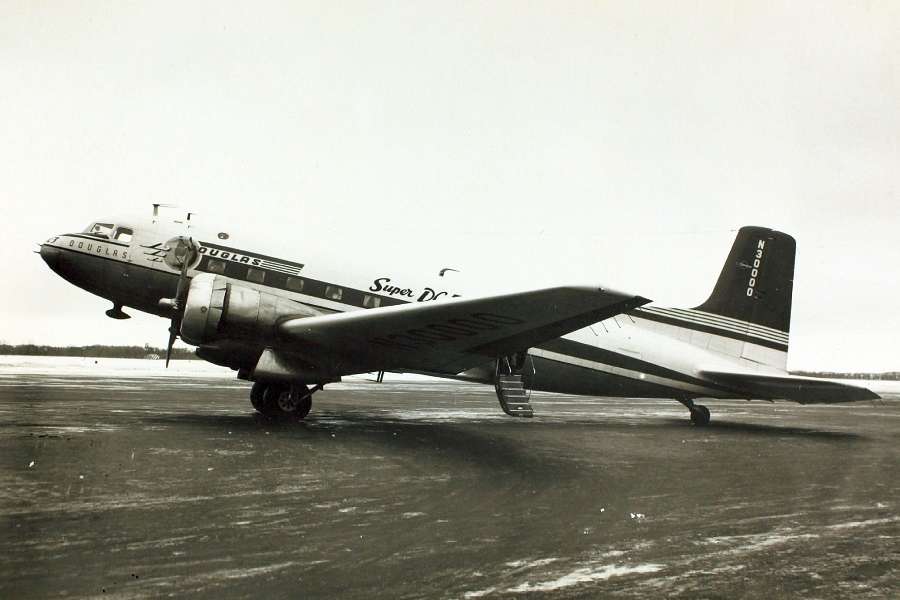
The aircraft would get more powerful engines, which necessitated its larger tail surfaces. This was to counteract the higher asymmetric thrust, in case of an engine loss. The engine mounts/pods would change, not only to accommodate the bigger engines, but also to enlarge the landing gear bays. In the standard aircraft, the retracted wheels and tyres are visible. In the Super DC-3, there is a fairing and gear doors, enclosing the gear completely. Again, aerodynamics was key.
Super DC-3 – Speed And The FAA
There were further modifications elsewhere in the Super DC-3. These went as far as including flush rivets for the new wing sections and other parts of the fuselage. The tailwheel now retracted into the fuselage, too. The updated aircraft would be a bit heavier, and carried twice the fuel. But they also carried more useful load. The DC-3S would carry 38 passengers, up from 32 in the standard aircraft. Cruise speed was 220 knots, up from 180!
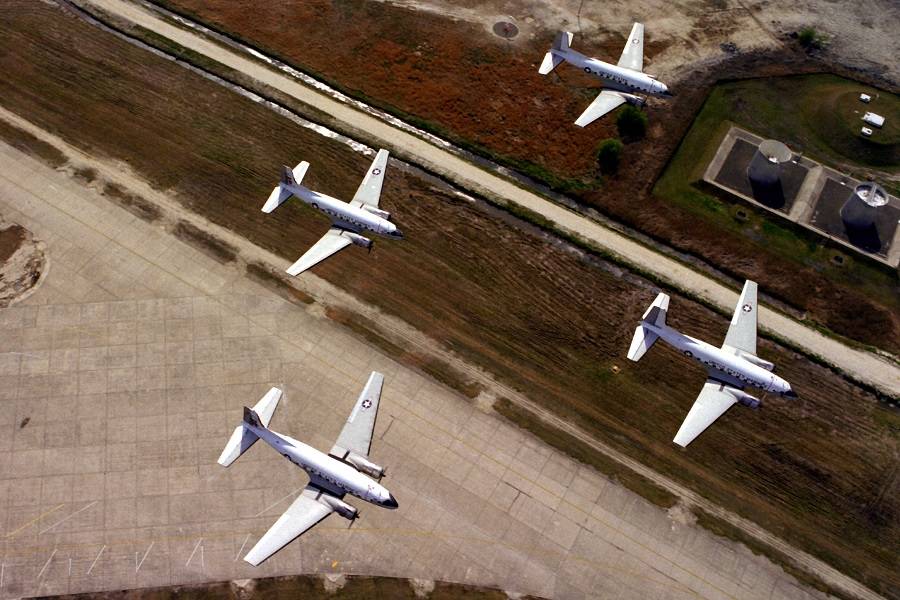
The Super DC-3 modifications also pre-empted an FAA move to tighten/streamline US air regulations. While this move wasn’t necessarily about stopping the use of warplanes post-war, some saw it as such. Douglas boasted that the DC-3S would comply with these regulations. In the end, largely standard DC-3 airliners with improvements in avionics and other features, would meet acceptable standards, too.
And that, unfortunately for the Super DC-3, meant that airlines weren’t interested. Douglas built a demonstrator, which did indeed have improved performance and capacity. But the price for the conversion ($150,000 in 1949) was too high for most. Only three actual DC-3S were made, all for Capital Airlines. And Capital also specialized in aircraft maintenance/overhauls, suggesting that they may have been hoping for a subcontracting opportunity.
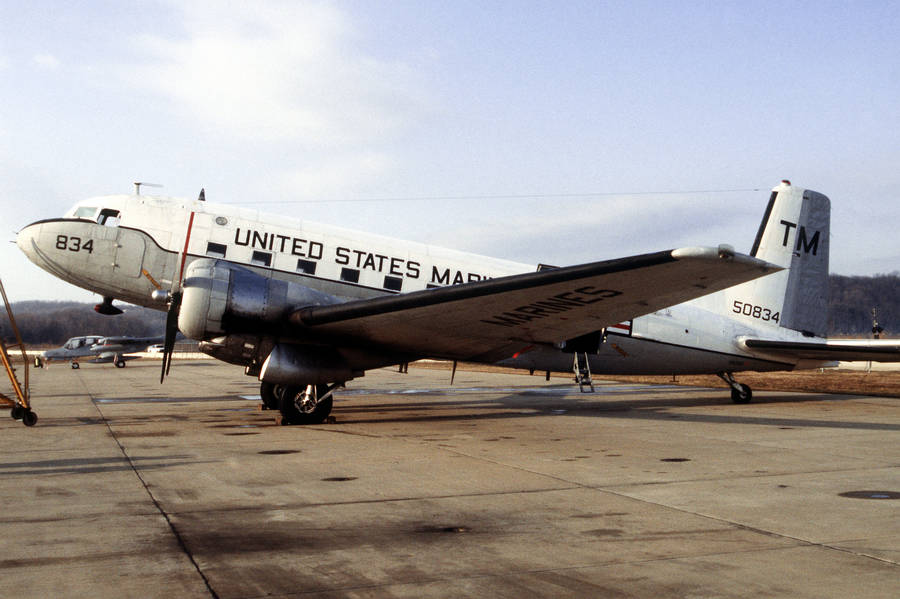
The Super DC-3 Goes To The Military
But if the airlines didn’t want the Super DC-3, perhaps the military would. So, Douglas took their DC-3S prototype to the US Air Force. They didn’t want it, opting instead for the Convair CV-240 – the plane designed specifically to replace the DC-3/C-47. But the US Navy ordered 100 conversions from existing aircraft. The Navy’s designation was R4D-8, which later changed to C-117D ‘Skytrooper’.
So what we now refer to as a Super DC-3, is technically a C-117D. While these aircraft were later ‘civilianized’, they don’t incorporate all of the features that Douglas proposed for the DC-3s. These would have included a simpler passenger door, for instance. But even in military service, these aircraft had support roles, carrying troops and VIPs, not cargo – for the most part. So they were closer to the airliner role than C-47s, to begin with.
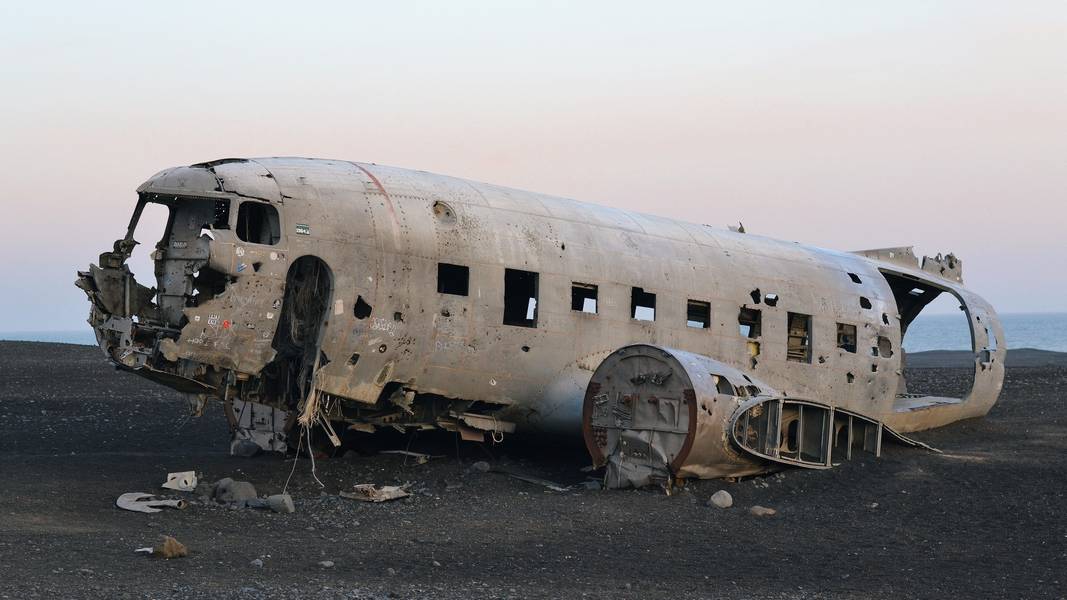
The aircraft have a following today. Several are still in operation in Alaska, Canada and South America. The type even operated in Antarctica, both in civil and military form. The Navy and Marines didn’t retire the last of them until the 1990s! So the Super DC-3 aircraft in civilian service today, left the military much later than other DC-3s.
Alas, the planes aren’t as popular today as some other DC-3 variants, with accidents threatening to make more of them disappear. The speed of the Super DC-3 isn’t the selling point that it was in the late 40s and 50s. And the bigger engines mean that they are a bit more thirsty than other DC-3s, too.
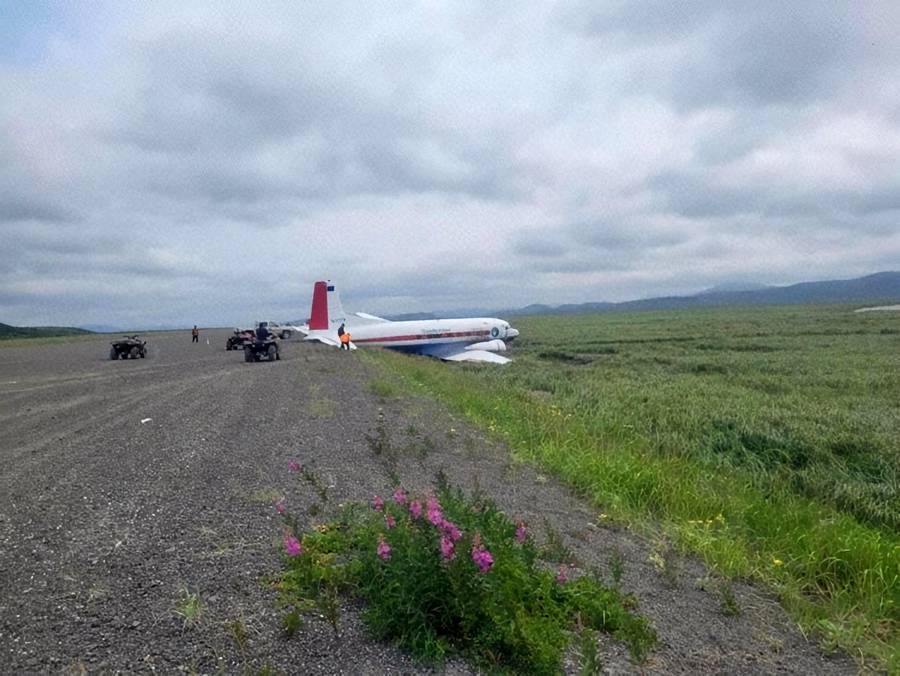
What Could Have Been – The Basler BT-67
Newer versions of the DC-3 include the Basler BT-67, that we saw previously. Interestingly, those aircraft also have a modified wing, but they make do with standard tail surfaces. Predictably, it’s because their turboprop engines are detuned to DC-3 radial engine levels. However, actually could be as powerful as the radials of the Super DC-3. So the Basler doesn’t need a larger tail, to keep it straight in single-engine operations.
But the Basler is lighter than a DC-3, Super or not. So it is nearly as fast in cruise as the DC-3S. Of course it is much more expensive than a DC-3 in any form, limiting the number of potential buyers. However, Basler is still converting 3-4 of them per year!

Ultimately, the Super DC-3 failed because it wasn’t better enough, at a good-enough price, than the standard aircraft. It may have stifled the market for airliners of similar size, but eventually, it found a secondary role befitting it. Arguably, the Basler is the modern equivalent of the DC-3S, albeit at even more niche roles.
Hopefully, we will continue to see the shape of these aircraft, for many more years to come. They may have “funny-looking” engines and other modifications, here and there. But these aircraft formed a big part of commercial aviation’s history. It would truly be a shame, to see them go.



